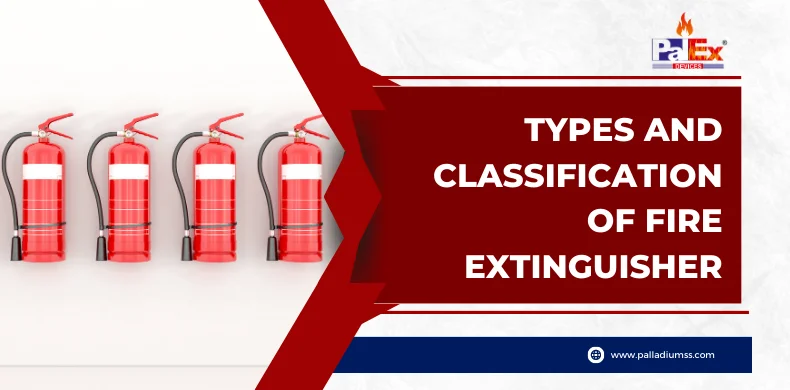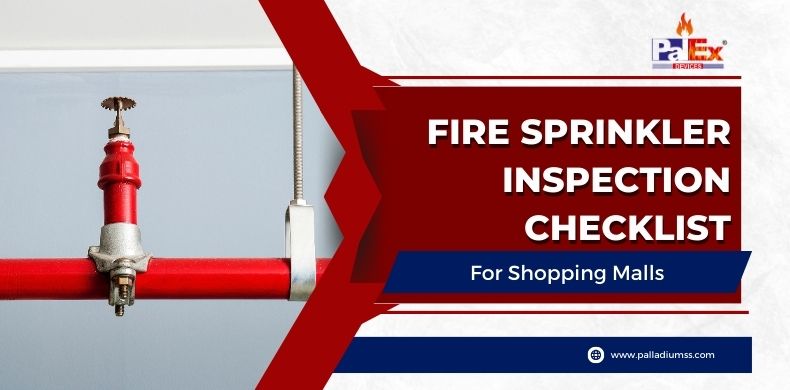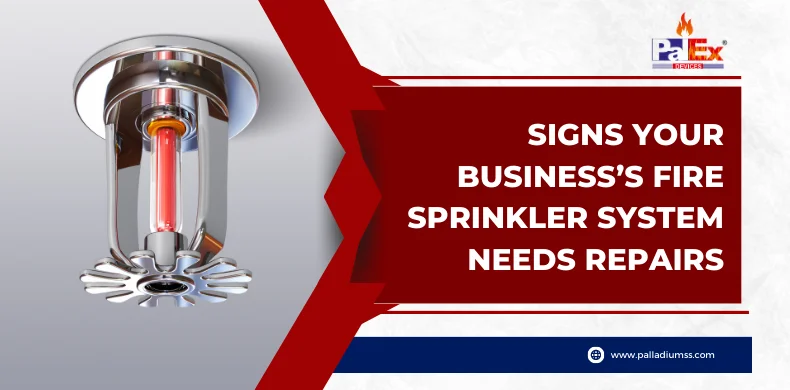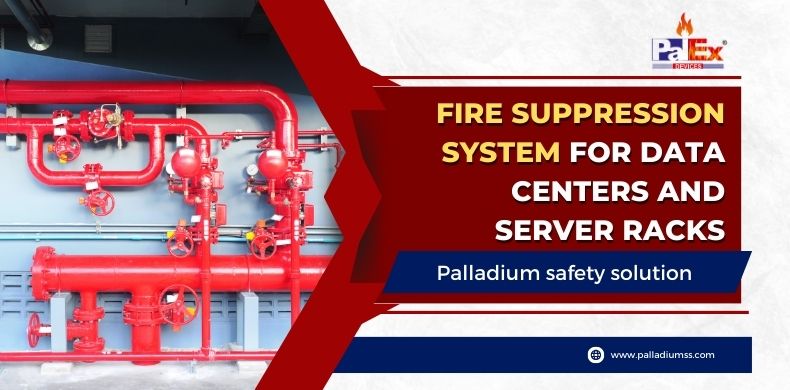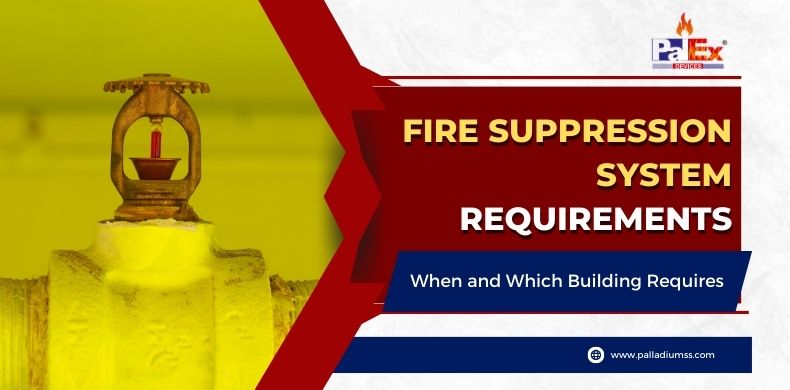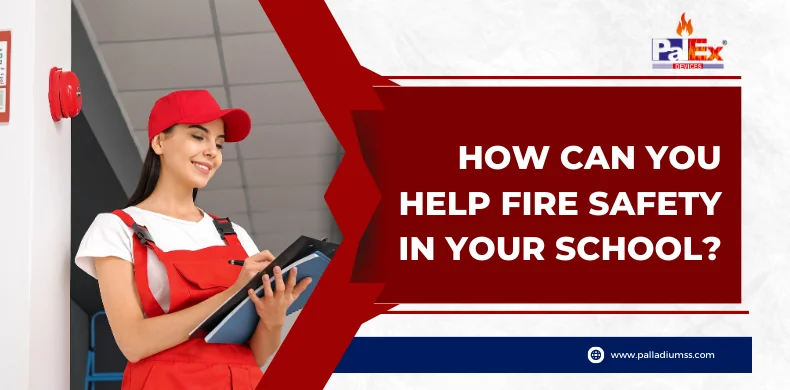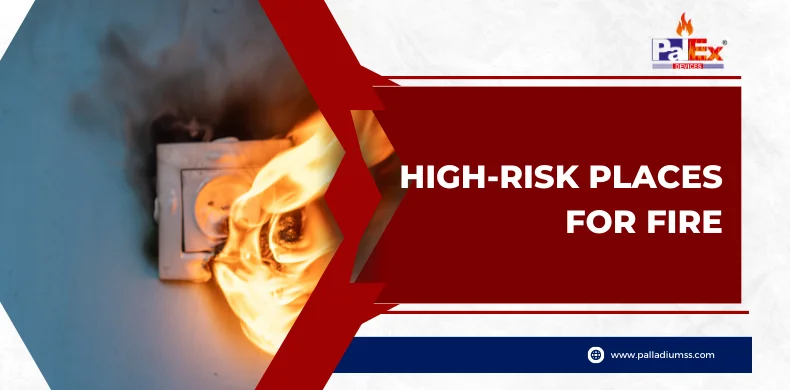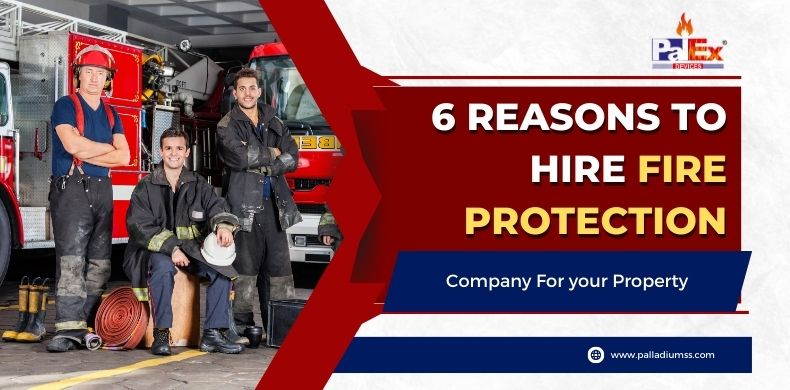Before you choose an extinguisher, the first thing you have to do is identify which rooms are in your house or office needs one. You should keep at least one on every floor of your home and office. Ensure that fire extinguisher are handy, as in the kitchen and garage, where fires most frequently originate.
Classification of fire Extinguisher
The fire extinguisher classes A, B, C, and D are available, and each category can extinguish a completely different type of fire.
Class A:
Class A extinguishers are used to extinguish fires on flammable materials (flammable solids). Example: wood, paper, rubber, textiles, etc.
Class B:
Class B extinguishers are used on flame retardant fluids such as fat, petrol, oil, paint, etc.
Class C:
Whenever there is a fire due to hydrogen gas, butane gas, methane gas, etc., it comes under Class C.
Class D:
Class D extinguishers for combustible metals are designed. For example, Magnesium, Aluminium, Potassium, etc.
Class E:
If the electrical appliance is powered on and a fire occurs for any reason, it comes under the Class E category. Example: Computer, Generator, etc.
Class F:
If there is ever a fire in the kitchen, it will come under class F fire, for example, cooking fire. There is a significant variation in the prices of all extinguishers, so buyers should check around. The future service costs must also be taken into account. Some companies charge for installation and commissioning, but a 5-year warranty should be provided.
5 Types of Fire Extinguisher
- Water ( Water Mist, Water Spray)
- Foam
- Dry Powder
- Carbon Dioxide (CO2)
- Wet Chemical
Water Extinguishers
Water extinguishers are the most common type for class A fire risk. Water is written on it. With this, you can quickly identify.
● Label Color – Bright red.
- Use For:
Organic Materials Example: Paper, wood, etc.
- Do not use for:
- Fires involving electrical equipment
- Kitchen Fires
- Flammable gas and liquids
Foam Extinguishers
A foam extinguisher is the most common fire extinguisher for Class B fires. Find a good Fire Extinguisher manufacturer who could give you a good quality fire extinguisher. And safety can be guaranteed.
- Label Colour: Cream
- Use For:
Organic Materials Example: paper, cardboard, wood also Flammable liquids example: paint and petrol
- Do not use for:
- Kitchen Fires
- Fires involving electrical equipment
- Flammable metals
Dry Powder Extinguisher
Standard dry powder extinguishers are also called ‘ABC’ because they tackle class A, B, and C fires.
- Label Colour: Blue
- Use for:
- Organic Materials Example: Paper, Cardboard, Wood Flammable liquids example: paint and petrol
- Flammable Gases Example: liquid petroleum gas (LPG) and acetylene
- Do not use for:
- Fires involving cooking oil.
- Fires involving electrical equipment over 1000V.
Carbon Dioxide (CO2) Extinguishers
CO2 Extinguishers are mainly used in electric fire dangers and are usually the primary fire extinguishers in computer server rooms.
- Labour Colour: Black
- Use For:
- Flammable liquids, for example, paint, and petrol
- Electrical fires
- Do not use for:
- Kitchen fires
- Combustible materials example: paper, wood, or textiles Flammable metals
Wet Chemical Extinguishers
Wet chemical fire extinguishers are used in cooking oil and fat fires.
- Label Colour: Yellow
- Use for: Cooking Oil/ Fat fires
Also read :Surviving A Fire: What To Do Before, During and After An Emergency
- Do not use for:
- Flammable liquids or gas fires
- Electrical fires
- Flammable metals

